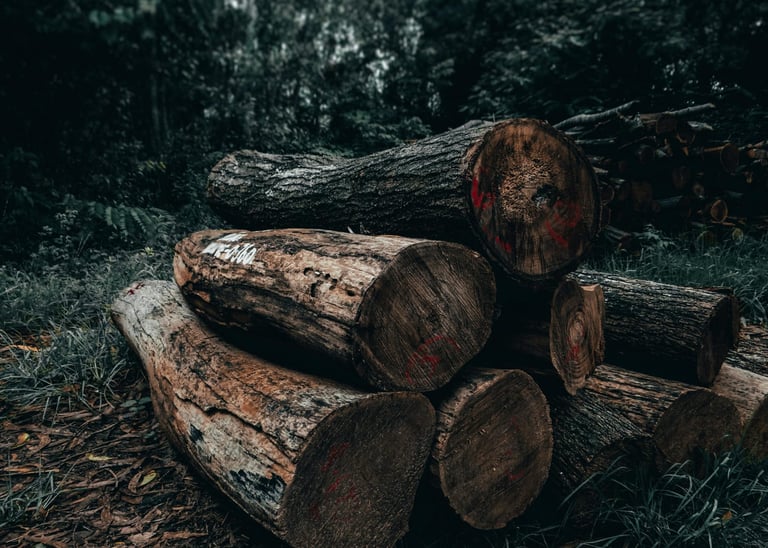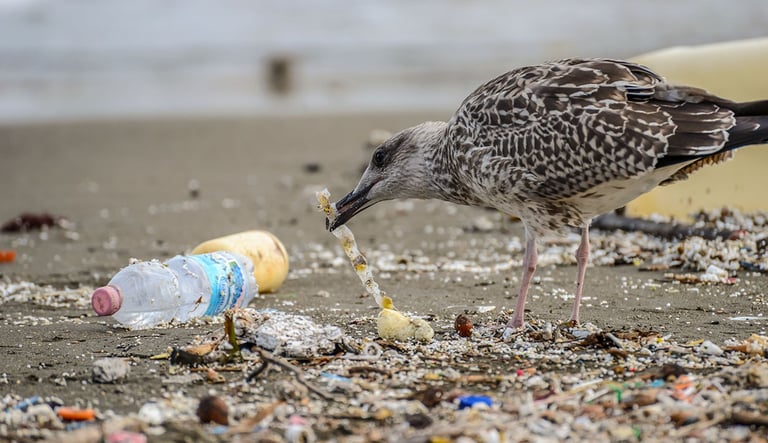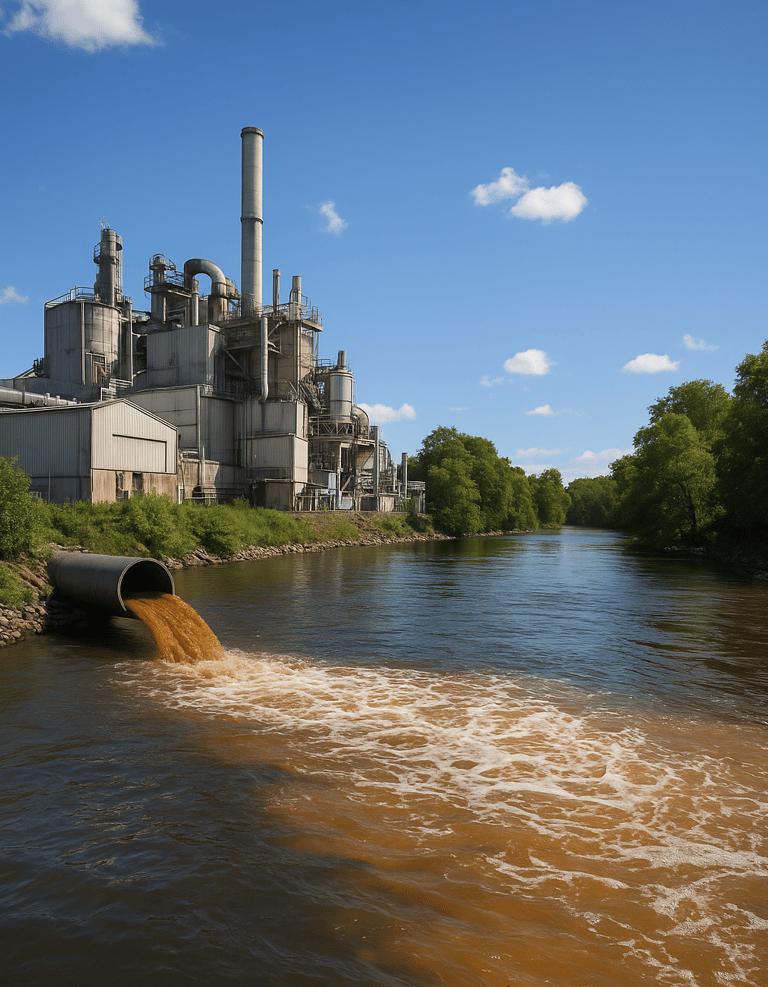Eco-friendly Stationery for Corporates Committed to Sustainability
Is Paper Really Better than Plastic? The Truth Might Surprise You
9/21/20254 min read
In recent years, the conversation around plastic pollution has gained serious momentum. Whether it's social media movements, climate conferences, or government policies, plastic has emerged as the global environmental villain. Naturally, paper has stepped in as the hero, widely accepted as the eco-friendlier alternative. But here's the question we need to ask: Is paper truly better than plastic, or just a greener illusion?
While it's tempting to assume paper is the greener choice, digging deeper reveals a more nuanced reality. Let’s uncover the dark side of the paper industry, confront the environmental cost it carries, and finally explore how mindful brands like EkoScrib are redefining sustainability in the stationery world.
The Paper vs. Plastic Debate: What We’re Told
At first glance, the logic appears straightforward. Plastic takes centuries to decompose, while paper is biodegradable and comes from renewable sources — trees. It’s easy to believe that swapping plastic bags for paper bags, or plastic folders for paper folders, is the planet-friendly move.
But this is only half the story.
The Carbon Footprint of Paper: More Than What Meets the Eye
Paper might biodegrade faster, but its production process is highly energy intensive. From cutting down trees to processing pulp, and transporting bulky materials, the paper industry contributes significantly to carbon emissions.
A study by the Environmental Paper Network found that the pulp and paper industry is the fourth-largest industrial emitter of greenhouse gases globally.
Water Waste in Paper Manufacturing
Producing paper is not just about trees, it's about water too.
To produce just one ream of A4 copier paper, it takes about 100 litres of water. When scaled to industrial levels, paper manufacturing becomes one of the biggest consumers of freshwater, contributing to water scarcity in several regions.
Deforestation: The Bleeding Wound Behind White Sheets
Forests are often labelled the "lungs of the Earth." Yet, over 42% of all industrial wood harvests go into paper production.
Deforestation doesn't just kill trees. It disrupts wildlife, erodes soil, and destroys the carbon-absorbing capacity of our planet. Moreover, monoculture plantations for paper pulp reduce biodiversity, further harming ecosystems.
Bleaching and Chemical Pollution: What You Don't See
To make that crisp white sheet, paper often goes through a chemical-heavy bleaching process, involving chlorine-based compounds. These chemicals, when released into water bodies untreated, result in toxic pollutants like dioxins and furans, which are carcinogenic and harmful to aquatic life.
The Short Lifespan of Paper Products
Unlike durable plastics, paper wears out quickly and is often single-use. Think of receipts, packaging, notepads, or takeaway containers. Many of these items have a useful life of mere minutes.
Ironically, we cut down trees that took decades to grow for something that might last less than an hour.
So, Is Plastic Actually Better?
Not quite. Plastic pollution is still a massive global threat. Oceans are choking with it, wildlife is dying because of it, and microplastics are now even found in human blood.
But the goal here isn't to crown paper or plastic as the winner — it's to understand that the solution lies deeper. Both have environmental costs, and the real victory lies in rethinking how we consume, reuse, and manufacture materials.
Picture showing paper mill effluent contaminating water




The Rise of Ethical Paper: A Glimmer of Hope
So, if traditional paper isn't as green as we thought, is there a better way? Absolutely.
Enter EkoScrib - a brand proving that not all paper is created equal.
EkoScrib doesn’t just sell stationery; it sells purpose. Every EkoScrib product is made from 100% recycled, unbleached paper and innovative seed paper — reducing the need for fresh resources while giving back to nature. This means:
No trees cut down
Minimal water use
Zero harmful bleaching
No plastic-based lamination
From elegant notebooks to practical copier paper and creative seed paper invites, our products don’t just look good — they do good.
Conscious Consumerism: How You Can Make a Difference
Sustainability isn't about choosing paper over plastic blindly. It's about making conscious choices. Ask yourself:
Is the paper I’m using recycled?
Is it unbleached or processed chlorine-free?
Does the brand align with genuine eco-values, or is it just greenwashing?
Supporting companies like EkoScrib, that prioritize circular economy principles, eco-certifications, and transparent sourcing, means you’re voting for the planet with your wallet.
Conclusion: Choose Smart, Not Just Paper
So, is paper better than plastic? Not always.
The paper industry has a dark underbelly, often hidden under the guise of "biodegradability". From water waste to deforestation to chemical pollution to short product lifespans, paper has a steep environmental cost when done wrong.
But here’s the good news: not every paper is bad.
With innovative, mission-driven brands like EkoScrib, we're seeing a revolution in sustainable and environment friendly paper products. By using recycled, unbleached, and non-toxic materials, we’re proving that it’s possible to protect the environment without compromising on quality or design.
Let’s move beyond binary choices like “paper vs. plastic” and start choosing products and brands that genuinely care. With the right paper in your hand, you’re not just writing words - you’re rewriting the future.


Empowering businesses with affordable, sustainable stationery.
Contact
We Support The SDGs
© 2025. All rights reserved.
Sitelinks


Phone
